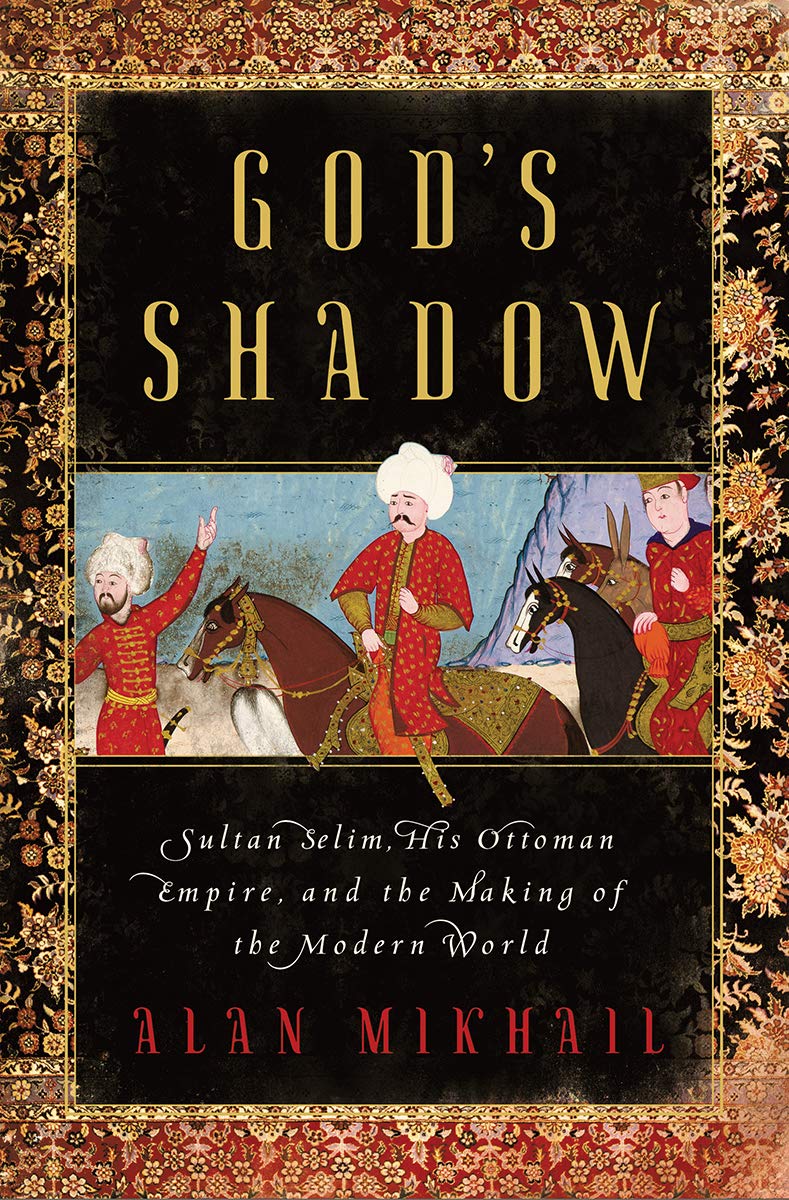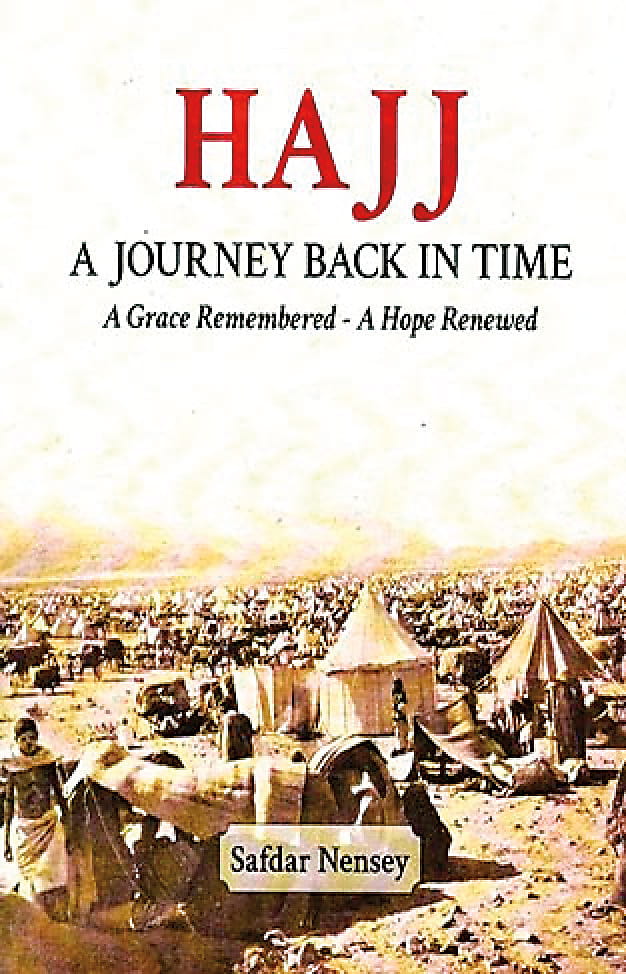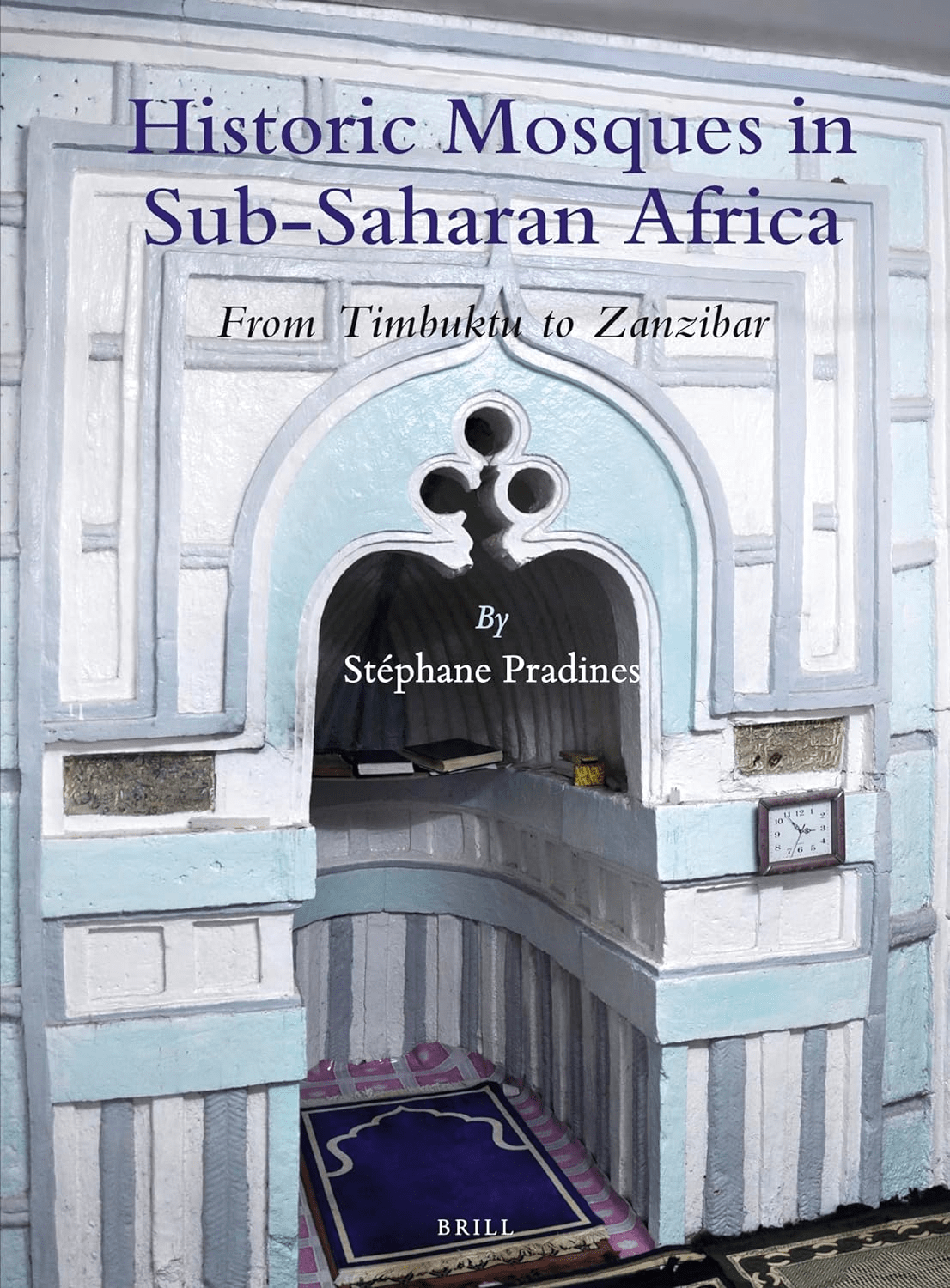
God’s Shadow: Sultan Selim, His Ottoman Empire, and the Making of the Modern World
Tom Verde
Alan Mikhail.
2020, Liveright, 978-1-63149-239-6, $39.95 hb.
Over more than 600 years, from the mid-1300s CE, the Ottoman Empire grew to sprawl across three continents, dominating southeastern Europe, the Middle East and much of North Africa. The author, a professor of history at Yale University, has written an eye-opening account of its impacts on global history, which turn out to be numerous, deep, and not often considered, especially in the West. For example, the political wind that filled the sails of Columbus' ships was not only a desire to circumvent Ottoman naval supremacy in the Mediterranean and establish a direct trade route to the East, but also a fear that the Ottomans would get there first, via the Pacific, whose full vastness was not yet understood. This was but a facet of the larger religious wind that set a fractious, Catholic Europe against an increasingly dominant Muslim empire, just as Europe was beginning its pursuit of colonialism. The key figure at the center of this dynamic history was Ottoman Sultan Selim I, whose ascent to the throne in 1512 was unexpected and yet, as Mikhail chronicles, resulted in the expansion of Ottoman power to its peak, tempered by religious tolerance and personal erudition.
You may also be interested in...

Hajj: A Journey Back in Time: A Grace Remembered-A Hope Renewed
Safdar Nensey's Hajj: A Journey Back in Time invites readers into one of the world's oldest and most sacred annual expeditions: the Muslim pilgrimage to Makkah.
Historic Mosques in Sub-Saharan Africa
From Mali to Tanzania, historian Stéphane Pradines traces a thousand years of Islamic architecture that forces us to rethink what we know about Africa’s past.